My original plans, to spend a month in Colombo and then travel to Darwin, were dashed by COVID-19. After a few weeks in self isolation and a few more weeks going bonkers attempting to get a new placement signed off locally at the worst possible time for an elective medical student, I was offered a spot with Gisborne Hospital.
I hadn’t been to Tairāwhiti before, but I’ve always wanted the chance. For someone keen on rural practice, Gisborne definitely fits the bill, being nearly impossible to pass through by accident. It’s a jaw-droppingly beautiful region, with a fascinating (and sometimes terrible) history of tangata whēnua heritage and colonial contact with Captain Cook and the settlers. Unfortunately, it is also one of the places most impacted by healthcare inequity in New Zealand. As someone interested in working in this space in the future, I took this as an important learning opportunity and definitely found the experience to develop my understanding of the health inequity we have within our own borders.
I was originally appointed four weeks to be split between anaesthetics and general surgical work, though later decided to just focus purely on the anaesthetics as I felt I was spreading the learning too thinly. I admit to having a lot of apprehension about how I would fare; it had now been several months since I’d done clinical medicine, given I focussed on the lab-based diagnostic parasitology in Sri Lanka before entering a five week lockdown, and I was well below my peak performance. Surgical theatres can be unforgiving places and demand focus and precision. Would I be eaten alive?
I needn’t have worried. The anaesthetics department, and all the operative staff, were hugely welcoming. It’s hard not to be impressed with the team; anaesthesia in the hands of the anaesthetists seemed indistinguishable from pure magic, and I learned a lot from the talented anaesthetic technicians who taught me an enormous amount. While I’m still very much a beginner, it was great to get a toe in the water and leave with some takeaway knowledge. The biggest message perhaps was to always pay extreme attention to detail, as one anaesthetist reiterated to me. Every anaesthetist has their own honed routine based on the same principles but performed with their specific style, and these choices are often designed to minimise risk. As a simple example, one doctor taught me to label my syringes at the mark where they had been filled to, in case the amount delivered needed to be double-checked later. Small procedural decisions become relevant to safety when carried out over hundreds of cases, however trivial they might seem.
Most satisfying for me was getting the opportunity to learn to intubate, both through a video laryngoscope and through direct vision. This can be a heart-stopping process for a newbie, with the patient’s breathing temporarily paralysed and only a few precious seconds to restore their breathing through the endotracheal tube. Video laryngoscopy gives a clear picture of the vocal cords on a screen in front of you, but direct intubation is much tougher. The finessed approach of the consultants requires maintaining a good posture, being acutely cautious of the teeth when using the blunt blade to open the mouth, and razor-sharp senses that quickly pick out your targeted vocal cords and vallecula the moment you see them. I did have to hand off some difficult intubations that were too challenging, but I was really satisfied as a first-timer to succeed at both video and direct approaches, and start thinking about what I needed to do to improve my technique.
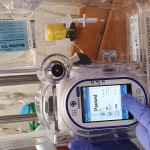
The amazing PACU team was happy to teach me lots of things, like how to operate this patient-controlled analgaesia
Another highlight for me was consulting with an anaesthetist regarding a patient who was slow to rouse and hypotensive following their procedure. Although they ultimately recovered spontaneously before any action needed to be taken, the process forced me to go through a systematic physiological approach with the anaesthetist, who put me through my paces thinking about systemic inflammatory reactions or the specific mediators of cardiac output to troubleshoot the root cause. To me, this is the beauty of anaesthesia. Watching someone ‘fall into a dreamless sleep’ is hard to conceptualise and looks more like witchcraft than anything else I’ve seen in medicine. So too does seeing numbers and lines tick upwards and downwards on the glowing monitors as the patient’s body responds motionlessly to their operation. Although we may not fully understand exactly what a ‘reduced consciousness state’ truly is, the majority of anaesthesia really can be grasped on the basis of physiological, scientific principles. This is the lifting of the curtain, which for me really invoked a childlike sense of wonder. Though I certainly need to do more physiology revision, it’s really exciting over my placement to have progressed from seeing anaesthetists dial in adjustments that make apparent miracles occur, to starting to understand the whys and hows behind some of those decisions.
Before leaving Gisborne I had a chance to see some of the local outdoors as well, which is simply spectacular and I can’t recommend enough. I’m hugely thankful to the staff at Gisborne Hospital for ‘rescuing’ my elective and all the fantastic hands-on training I received, and I will have to find a way to return. A great end to a turbulent chapter! Thank you once more to the Pat Farry Trust and my supervisors at Gisborne for all their invaluable support through the COVID-19 pandemic that allowed me to keep working and learning.

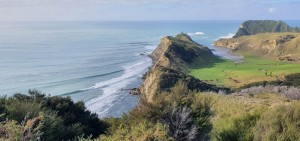
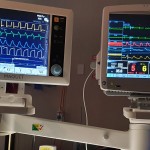
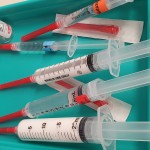
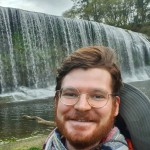
No comments yet.
Leave a comment